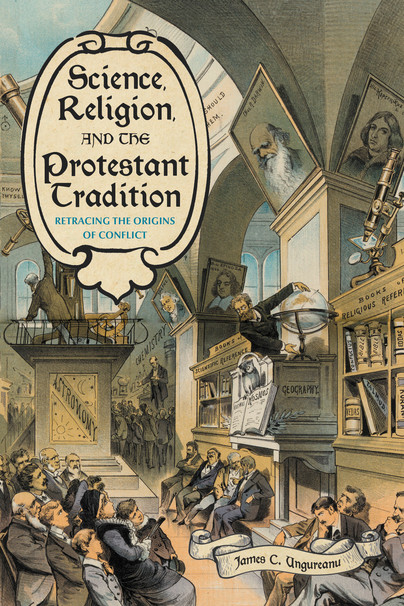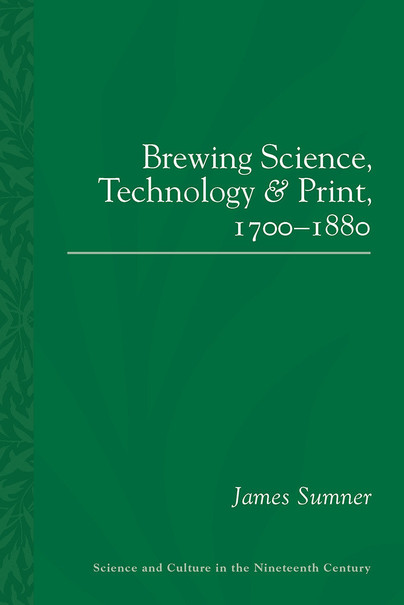

An era of exciting and transformative scientific discoveries, the nineteenth century was also a period when significant features of the relationship between contemporary science and culture first assumed form. This book series includes studies of major developments within the disciplines—including geology, biology, botany, astronomy, physics, chemistry, medicine, technology, and mathematics—as well as themes within the social sciences, natural philosophy, natural history, the alternative sciences, and popular science. In addition, books in the series may examine science in relation to one or more of its many contexts, including literature, politics, religion, class, gender, colonialism and imperialism, material culture, and visual and print culture.
















